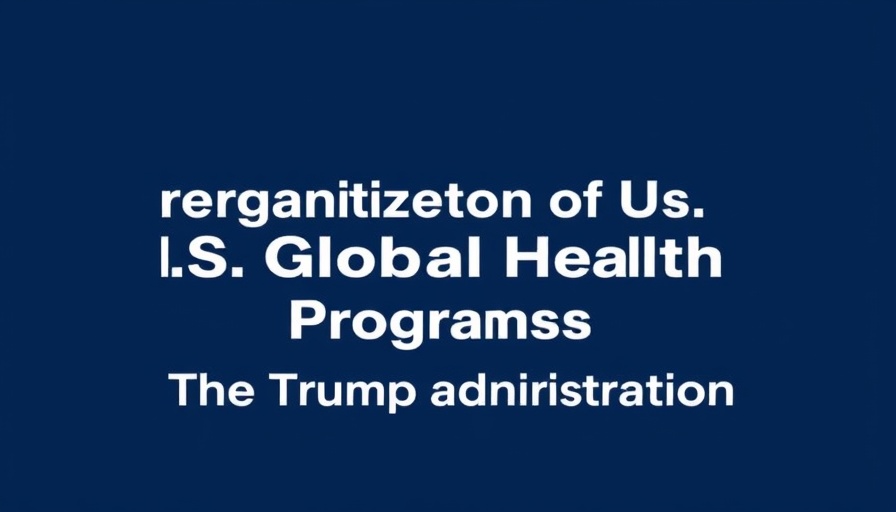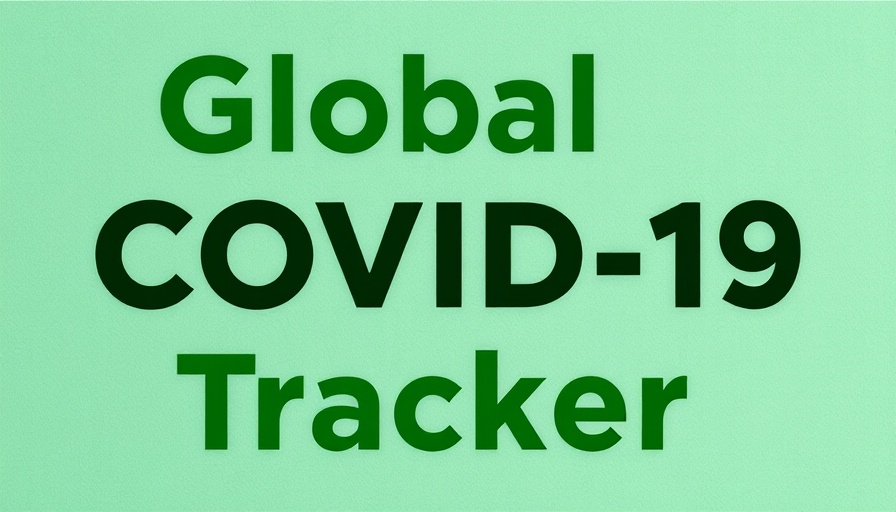
Understanding the Shift: U.S. Global Health Programs Under Pressure
In an unexpected turn of events, the Trump administration's foreign aid review has ushered in significant changes, directly impacting U.S. global health programs. On the very first day of President Trump's second term, a flurry of executive actions was initiated that would reconfigure how health assistance is structured and delivered around the world.
The Freeze that Stunned a Sector
A stop-work order froze all ongoing bilateral global health initiatives, stopping programs that had been providing vital services. Thousands of staff were laid off, and many health initiatives were curtailed abruptly as funding was halted, leaving vulnerable populations at a loss. While life-saving humanitarian assistance was permitted through specific waivers, accessing these waivers has proven challenging for families relying on such aid.
Challenges Ahead: The Reorganization Puzzle
With recent proposals for cuts and reorganization within the Department of Health and Human Services, uncertainty looms over the future of global health programs. Traditionally overseen by organizations like the State Department, USAID, and CDC, these programs had relied on collaboration across multiple entities to combat significant public health issues like HIV/AIDS, tuberculosis, and maternal and child health.
Maintaining Focus Amidst Reforms
As these changes unfold, the essential question remains: how will the shifts affect communities both domestically and abroad? Ensuring that health programs remain intact and that resource allocation is prioritized to those in dire need is crucial for navigating this challenging transition successfully.
In a time when community bonds are more important than ever, staying informed about these changes is pivotal. Understanding the implications of funding and program restructuring can empower thousands, reminding us that every voice counts in advocating for the health of our world.
 Add Row
Add Row  Add
Add 




Write A Comment